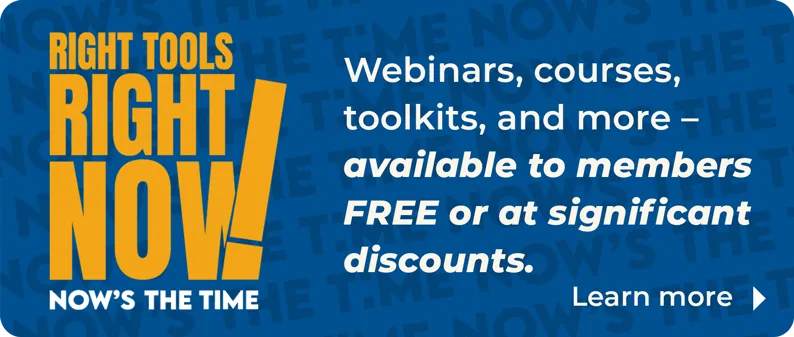The retail market is no longer recovering and is now surging as U.S. retail and food service sales ramped up in July. Sales were up 2.7% from one year ago, and up 1.2% from June, exceeding pre-pandemic activity seen in the first quarter by reaching new heights of $536 billion according to advanced estimates. While retail, on the whole, is surging, admittedly we have a way to go towards a full recovery as there are some areas of retail that are still down since April or on a year-over-year basis. Those retail areas still down are grocery stores (-0.06% since April), furniture & home furniture stores (-0.6% YoY), electronics & appliance stores (-2.8% YoY), gasoline stations (-15.5% YoY), clothing & clothing accessories stores (-20.9% YoY), department stores (-13.3% YoY), and food services & drinking places (-18.9% YoY).

Food services and drinking place sales are slightly down from pre-pandemic levels. Despite sales being down on a year-over-year basis, they are up 5% from June and up significantly (at 74%) from the bottom experienced in April, as the economy began to reopen in May and as consumers felt some confidence in returning to the traditional dine-in restaurant experience. We see with certainty a recovery for food services and drinking places, as sales reached $52 billion for July’s estimate, continuing its path back to pre-pandemic levels with realized increases in consumer spending.

Consumer spending was down 6.7% and 12.9% in March and April respectively, as consumers restricted non-necessary spending due to the pandemic, but as the economy reopened, consumers opened their pocketbooks more. With the economy reopening, increases in consumer spending were seen at 8.6% in May and 6.2% in June. Personal consumption expenditures (PCE) for July increased as well, at $267.6 billion (1.9%), which marks the third consecutive month of increases in consumer spending. July’s preliminary estimate with an increase of $200.6 billion of real PCE illustrates expenditures for services accounting for $121.2 billion, with food services being a primary contributor.
As food service and drinking place sales and consumer spending increased, so did food service and drinking place employment. Food service and drinking place employment were essentially halved in April as only 6.3 million individuals were employed. Food service and drinking place employment increased from 6.3 million in April to 7.6 million in May as restaurants reopened in a limited capacity. Employment continued to increase in the ensuing months to 9.1 million in June and 9.6 million in July. Retail trade sales and food service and drinking place employment have significantly improved since the havoc the pandemic brought upon it, with food delivery sales increasing as well.
While on-demand food delivery was a trend increasingly gaining popularity prior to the pandemic, it has accelerated as a result of consumers sheltering in place. The on-demand food delivery culture saw delivery sales reach new heights as consumers placed orders for their favorite dishes from their favorite restaurants online. According to data collected from Second Measure, a data analytics company, monthly sales for food delivery companies such as DoorDash, Uber Eats, Grubhub and Postmates not only continued to grow throughout the coronavirus pandemic, but continued to grow as the economy reopened.

Although the July monthly sales were slightly down from the high experienced in May, July’s food delivery monthly sales for DoorDash, Grubhub, Postmates, and Uber Eats represent a year-over-year increase of 172% and rebounded from a slight dip in June. June figures reflect consumers’ confidence in returning to the traditional dine-in experience that saw restaurants implement reduced capacity limitations. Despite the easing of capacity limitations, food delivery monthly sales are moving towards the high previously set in May.

As a result of increasing monthly food delivery sales, we are seeing new records for food delivery company revenues. According to company financial statements, despite the pandemic and the reopening of the economy, results for the second quarter of 2020 significantly increased from the record-breaking revenues recorded in the first quarter of 2020. Second-quarter 2020 results indicate increased revenue for food delivery companies such as Uber Eats and Grubhub. Uber Eats revenue for three months ending on June 30 grew 103% year-over-year to $1.2 billion and increased 47% from first-quarter 2020 revenues. Uber Eats competitor, Grubhub, had a 41% year-over-year increase for $459.3 million, up from $325.1 million in the second quarter of 2019, and increased 26% from the first quarter of 2020.
To continue moving the industry forward by delivering new products, technologies, and capitalizing on the momentum of food delivery, these flourishing food delivery firms are making the moves to do so. Uber agreed to acquire Postmates for approximately $2.65 billion, acquired Routemate, a leading provider of software/SaaS solutions to public transportations systems and agreed to acquire Autocab, a technology company that provides taxi and other operators with booking and dispatching software. Grubhub is to combine with Just Eat Takeaway.com for $7.3 billion in an all-stock transaction that would create the largest online food delivery firm outside of China and DoorDash is to partner with CVS Pharmacy for same-day delivery of food, groceries, and non-food products.
While it is too early to determine whether consumer food delivery habits will continue, the U.S. continues to be an underpenetrated market with a potential revenue upside across its total addressable market with strong trends for food delivery that are persisting throughout the coronavirus pandemic and the reopening of the economy. With that same vigor continuing in July, it becomes more evident that the coronavirus pandemic may not be a temporary demand peak but more like a permanent catalyst as it boosts the shift towards ordering food online.








